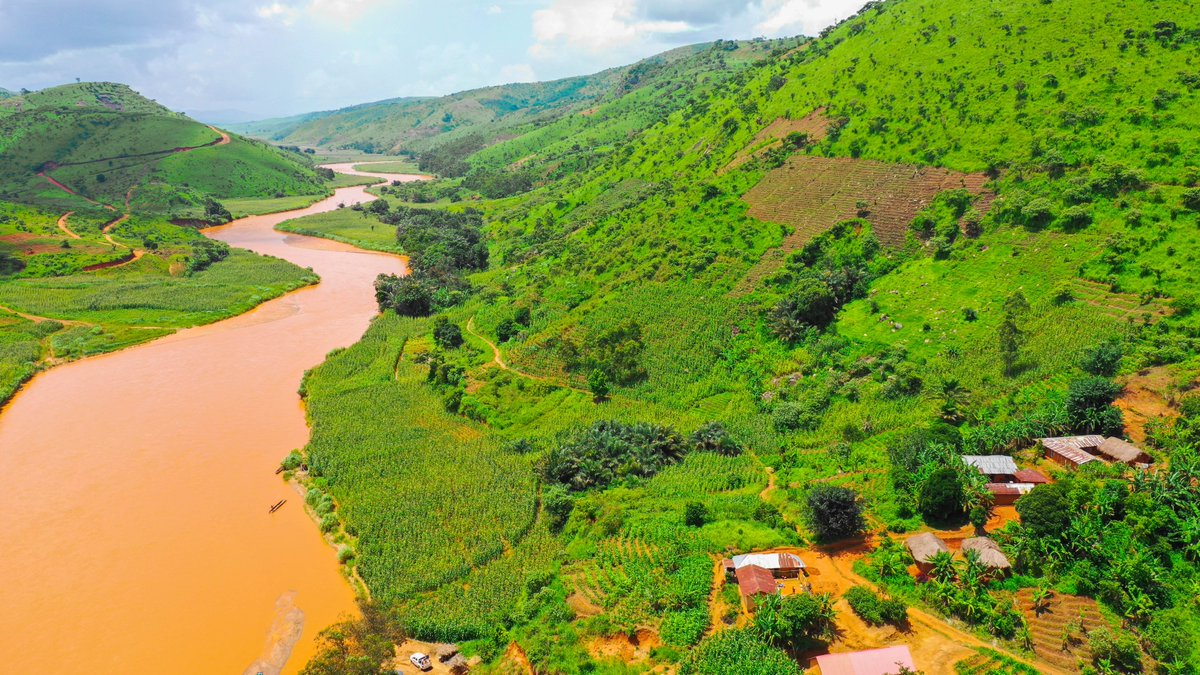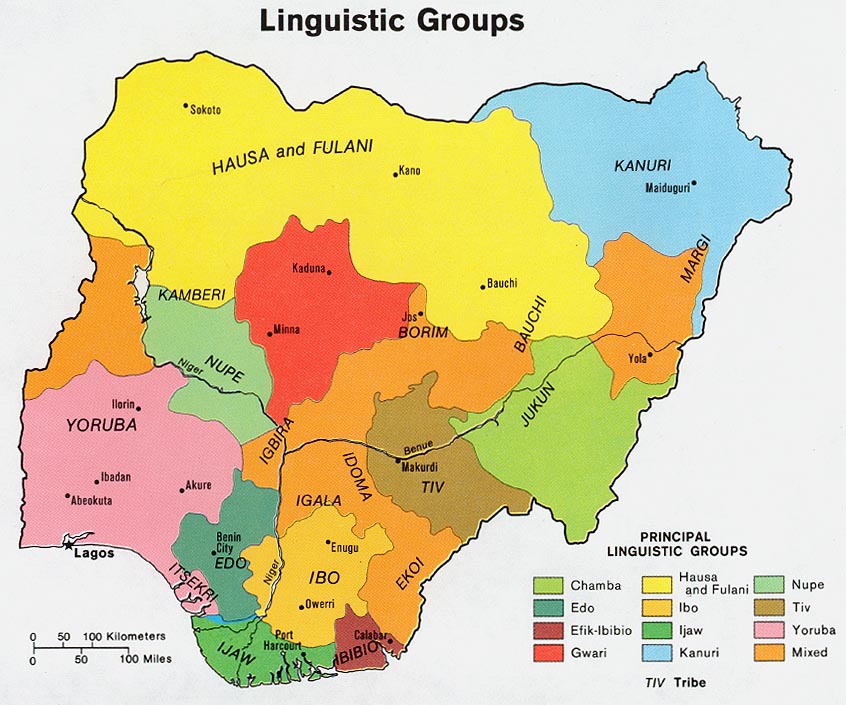|
Sarkin Dawa
Sarkin Dawa is a village located in the Kam District Area in Bali Local Government Area, Taraba State, central eastern Nigeria. There is no reliable data available to estimate the total population of the village. The place falls in the territory of the Kam (Nyingwom) ethnic group but also hosts residents from various other ethnic groups. The name ''Sarkin Dawa'' (Hausa for 'king of guinea corn ''Sorghum bicolor'', commonly called sorghum () and also known as great millet, broomcorn, guinea corn, durra, imphee, jowar, or milo, is a grass species cultivated for its grain, which is used for food for humans, animal feed, and ethanol produc ...') refers to the village head, who is also the political king of the Kam people. References {{reflist Populated places in Taraba State ... [...More Info...] [...Related Items...] OR: [Wikipedia] [Google] [Baidu] |
West Africa Time
West Africa Time, or WAT, is a time zone used in west-central Africa. West Africa Time is one hour ahead of Coordinated Universal Time ( UTC+01:00), which aligns it with Central European Time (CET) during winter, and Western European Summer Time (WEST) / British Summer Time (BST) during summer. As most of this time zone is in the tropical region, there is little change in day length throughout the year and therefore daylight saving time is not observed. West Africa Time is the time zone for the following countries: * (as Central European Time) * * * * * * (western side only) * * * (as Central European Time) * * * * (as Central European Time) * Countries west of Benin (except Morocco and Western Sahara) are in the UTC±0 time zone. Civil time in most of those countries is defined with reference to Greenwich Mean Time (now an alias for UTC±0, rather than an independent reference). References See also * Central European Time, an equivalent time zone covering most ... [...More Info...] [...Related Items...] OR: [Wikipedia] [Google] [Baidu] |
Köppen Climate Classification
The Köppen climate classification is one of the most widely used climate classification systems. It was first published by German-Russian climatologist Wladimir Köppen (1846–1940) in 1884, with several later modifications by Köppen, notably in 1918 and 1936. Later, the climatologist Rudolf Geiger (1894–1981) introduced some changes to the classification system, which is thus sometimes called the Köppen–Geiger climate classification system. The Köppen climate classification divides climates into five main climate groups, with each group being divided based on seasonal precipitation and temperature patterns. The five main groups are ''A'' (tropical), ''B'' (arid), ''C'' (temperate), ''D'' (continental), and ''E'' (polar). Each group and subgroup is represented by a letter. All climates are assigned a main group (the first letter). All climates except for those in the ''E'' group are assigned a seasonal precipitation subgroup (the second letter). For example, ''Af'' i ... [...More Info...] [...Related Items...] OR: [Wikipedia] [Google] [Baidu] |
Tropical Savanna Climate
Tropical savanna climate or tropical wet and dry climate is a tropical climate sub-type that corresponds to the Köppen climate classification categories ''Aw'' (for a dry winter) and ''As'' (for a dry summer). The driest month has less than of precipitation and also less than 100-\left (\frac \right)mm of precipitation. This latter fact is in a direct contrast to a tropical monsoon climate, whose driest month sees less than of precipitation but has ''more'' than 100-\left (\frac \right) of precipitation. In essence, a tropical savanna climate tends to either see less overall rainfall than a tropical monsoon climate or have more pronounced dry season(s). In tropical savanna climates, the dry season can become severe, and often drought conditions prevail during the course of the year. Tropical savanna climates often feature tree-studded grasslands due to its dryness, rather than thick jungle. It is this widespread occurrence of tall, coarse grass (called savanna) which has led ... [...More Info...] [...Related Items...] OR: [Wikipedia] [Google] [Baidu] |
States Of Nigeria
Nigeria is a federation of 36 states and 1 federal capital territory. Each of the 36 states is a semi-autonomous political unit that shares powers with the federal government as enumerated under the Constitution of the Federal Republic of Nigeria. The Federal Capital Territory (FCT), is the capital territory of Nigeria, and it is in this territory that the capital city of Abuja is located. The FCT is not a state but is administered by elected officials who are supervised by the federal government. Each state is subdivided into local government areas (LGAs). There are 774 local governments in Nigeria. Under the constitution, the 36 states are co-equal but not supreme because sovereignty resides with the federal government. The constitution can be amended by the National Assembly, but each amendment must be ratified by two-thirds of the 36 states of the federation. Current states and the Federal Capital Territory Evolution of Nigerian states Government States of Nigeri ... [...More Info...] [...Related Items...] OR: [Wikipedia] [Google] [Baidu] |
Taraba State
) , image_map = Nigeria - Taraba.svg , map_alt = , map_caption = Location of Taraba State in Nigeria , coordinates = , coor_pinpoint = , coordinates_footnotes = , subdivision_type = Country , subdivision_name = , established_title = Date created , established_date = 27 August 1991 , seat_type = Capital , seat = Jalingo , government_footnotes = , governing_body = Government of Taraba State , leader_name = Darius Ishaku , leader_party = PDP , leader_title = Governor (List) , leader_title1 = , leader_name1 = Haruna Manu ( PDP) , leader_title2 = Legislature , leader_name2 = Taraba State House of Assembly , leader_title3 = Senators , leader_name3 = , leader_title4 = Representatives , ... [...More Info...] [...Related Items...] OR: [Wikipedia] [Google] [Baidu] |
Nigeria
Nigeria ( ), , ig, Naìjíríyà, yo, Nàìjíríà, pcm, Naijá , ff, Naajeeriya, kcg, Naijeriya officially the Federal Republic of Nigeria, is a country in West Africa. It is situated between the Sahel to the north and the Gulf of Guinea to the south in the Atlantic Ocean. It covers an area of , and with a population of over 225 million, it is the List of African countries by population, most populous country in Africa, and the List of countries and dependencies by population, world's sixth-most populous country. Nigeria borders Niger in Niger–Nigeria border, the north, Chad in Chad–Nigeria border, the northeast, Cameroon in Cameroon–Nigeria border, the east, and Benin in Benin–Nigeria border, the west. Nigeria is a Federation, federal republic comprising of States of Nigeria, 36 states and the Federal Capital Territory, Nigeria, Federal Capital Territory, where the capital, Abuja, is located. The List of Nigerian cities by population, largest city in Nigeria ... [...More Info...] [...Related Items...] OR: [Wikipedia] [Google] [Baidu] |
Nyingwom Language
The Nyingwom or Kam language is a Niger-Congo language spoken in eastern Nigeria. Blench (2019) lists speakers residing in the main villages of Mayo Kam and Kamajim in Bali LGA, Taraba State. Lesage reports that Kam is spoken in 27 villages of Bali LGA. Nyingwom was labeled as branch "G8" in Joseph Greenberg's Adamawa language family proposal. The precise classification of Kam is a matter of current research. Speakers refer to themselves and their language as ''Nyí ŋwɔ̀m''. Kamajim (Kam: ''àngwɔ́g ɲí'' 'house of the people') is the traditional capital of the Kam at the western foothills of a mountain range situated to the north of the Kam River. The Kam have historically been in extensive contact with the Kororofa Jukun.Lesage, JakobKam AdaGram. Distribution Kam or Nyingwom is spoken by approximately fewer than 5,000 speakers in the settlements of:Kleinewillinghöfer, Ulrich. 2015Some notes on Nyiŋɔm (aka Nyingwom or Kam) * Sarkin Dawa (70) *Mayo Kam (150) *Gari ... [...More Info...] [...Related Items...] OR: [Wikipedia] [Google] [Baidu] |
Hausa Language
Hausa (; /; Ajami: ) is a Chadic language spoken by the Hausa people in the northern half of Nigeria, Ghana, Cameroon, Benin and Togo, and the southern half of Niger, Chad and Sudan, with significant minorities in Ivory Coast. Hausa is a member of the Afroasiatic language family and is the most widely spoken language within the Chadic branch of that family. Ethnologue estimated that it was spoken as a first language by some 47 million people and as a second language by another 25 million, bringing the total number of Hausa speakers to an estimated 72 million. In Nigeria, the Hausa-speaking film industry is known as Kannywood. Classification Hausa belongs to the West Chadic languages subgroup of the Chadic languages group, which in turn is part of the Afroasiatic language family. Geographic distribution Native speakers of Hausa, the Hausa people, are mostly found in southern Niger and northern Nigeria. The language is used as a lingua franca by n ... [...More Info...] [...Related Items...] OR: [Wikipedia] [Google] [Baidu] |
Guinea Corn
''Sorghum bicolor'', commonly called sorghum () and also known as great millet, broomcorn, guinea corn, durra, imphee, jowar, or milo, is a grass species cultivated for its grain, which is used for food for humans, animal feed, and ethanol production. Sorghum originated in Africa, and is now cultivated widely in tropical and subtropical regions. Sorghum is the world's fifth-most important cereal crop after rice, wheat, maize, and barley, with 59.34 million metric tons of annual global production in 2018. ''S. bicolor'' is typically an annual, but some cultivars are perennial. It grows in clumps that may reach over 4 m high. The grain is small, ranging from 2 to 4 mm in diameter. Sweet sorghums are sorghum cultivars that are primarily grown for forage, syrup production, and ethanol; they are taller than those grown for grain. ''Sorghum bicolor'' is the cultivated species of sorghum; its wild relatives make up the botanical genus ''Sorghum''. History The first archaeological ... [...More Info...] [...Related Items...] OR: [Wikipedia] [Google] [Baidu] |




_p._p._sl32.jpg)